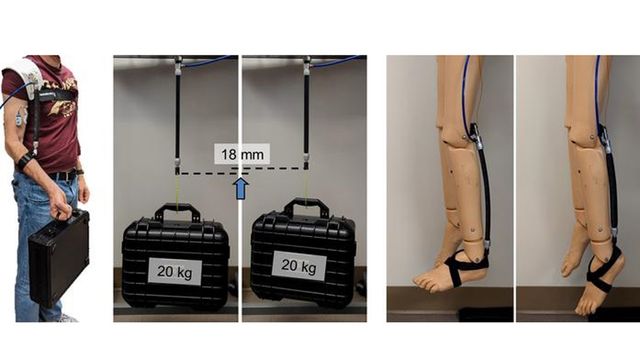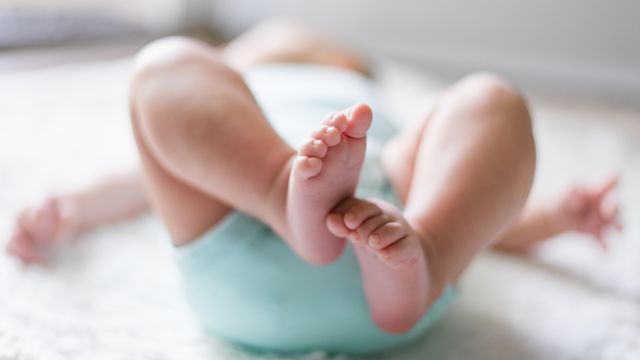Trending News
News

News
UV Damage Leads to Ribosomes Roadblocks, Resulting in Skin Cell Death
While UV radiation has long been known to damage DNA, it also damages mRNA, and the findings of a new study indicate that mRNAs act as first responders in telling the cells how to manage the stress.

News
Researchers Unlock “Materials Genome”, Opening Possibilities for Next-Generation Design
A new microscopy method has allowed researchers to detect tiny changes in the atomic-level architecture of crystalline materials, advancing our ability to understand the origins of material properties.

News
Brown Widow Spiders Carry Novel Chlamydia Bacteria
Invasive brown widow spiders across three continents were found to be highly infected with a single strain of Rhabdochlamydia, a relative of chlamydia.

News
Targeting Cell Repair Proteins Offers New Avenue for Early Alzheimer's Intervention
According to a new study, a class of proteins that regulates cell repair and enhances cell growth-signaling systems could be a promising new target for the treatment of Alzheimer's and other neurodegenerative diseases.

News
Could “Love Hormones” Treat Obesity and Postnatal Depression?
Scientists from the University of Cambridge have identified a gene that can cause obesity, behavioral issues and postnatal depression when missing or impaired. The study, published in Cell, points to oxytocin as a potential treatment.

News
Innovative Engine Drives Muscle-Like Robots for Assistive Technology
Researchers have developed a lightweight fluidic engine to power muscle-mimicking soft robots for use in assistive devices. What sets the new engine apart is its ability to generate significant force without being tethered to an external power source.

News
Umbilical Cord Milking Shows No Neurodevelopmental Risks in Newborns
A treatment to move blood from the umbilical cord into the body of newborns who are limp, pale and with minimal breathing, known as non-vigorous, does not appear to increase the risk of neurodevelopmental impairment.

News
New Method Uses Light to Induce Inflammatory Cell Death
University of Illinois researchers developed a method to precisely target cells for inflammatory cell death using light. The ability to precisely initiate this process in a small area is important for cancer and other diseases.

News
Tattoo Inks Found Contaminated with Harmful Bacteria
Researchers have detected anaerobic and aerobic bacteria in commercial tattoo and permanent makeup inks. The findings demonstrate that the inks could be a source of human infections.

News
Novel Lab Test Detects HIV Strains in Africa, Paving Way for Global Cure
A multinational team developed a test that will help measure the persistence of HIV in people affected by viral strains found predominantly in Africa—a vital tool in the search for an HIV cure that will benefit patients around the world.
Advertisement






